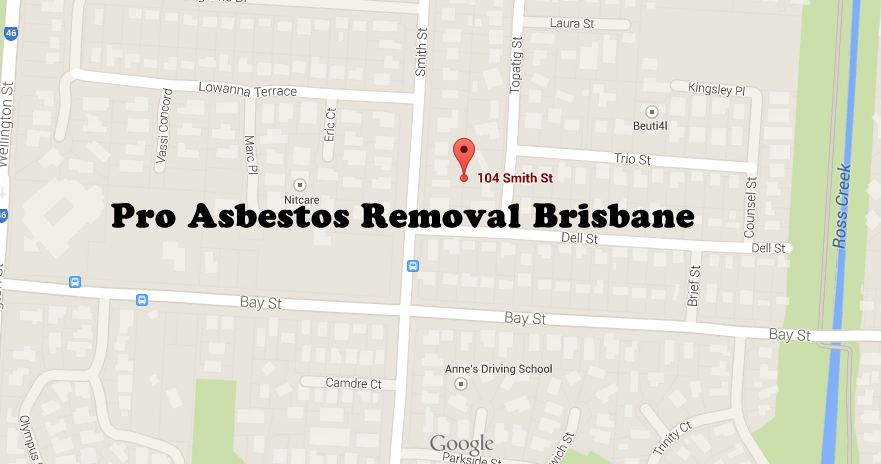
Removing asbestos yourself is not easy due to the high technical skills required. In case you discover that your house contains asbestos, it is highly advisable to avoid touching it lest you release the loose dust into the environment around you. Worn out materials require greater handling care compared to those that are in good condition. Do not use power tools, abrasive material or high pressure hoses. You must also work in a well ventilated area and properly dispose of the material after extraction.
Asbestos is a very popular mineral used in the construction industry due to its desirable properties such as average tensile strength, sound absorption, affordability and most of all its resistance to heat, chemical, fire and electrical damage. Since the 19th century, asbestos has been heavily mined and extensively used in the construction industry but the use tremendously stopped after scientists discovered the carcinogenic effects of asbestos dust.
Asbestos use in Australia
A study revealed that about 60% of production and 90% of consumption of asbestos fibre in Australia alone occurred in the asbestos manufacturing industries. This cement was widely used in Australia until 2003 when the mineral was officially banned. However, studies reveal that since the 1960s, 25% of all new houses were clad in this mineral therefore estimating that any house that was renovated before 1990 most likely has traces of asbestos. As a response to evidence-based research from scientists on diseases associated with asbestos dust such as mesothelioma, the Australian government banned the mineral and locals started removing asbestos from their houses.
How dangerous is asbestos?
Asbestos has both direct and indirect risks. For miners for example, prolonged inhalation of the dust lead to diseases such as lung cancer, mesothelioma, and asbestosis, a type of pneumoconiosis. A laundry attendant who handles clothes that have been exposed to asbestos also faces the same risks as the miner, though indirect. Generally, an activity that causes the release of loose asbestos is considered as a high risk exposure.
How can I identify asbestos in my home?
A general rule as earlier mentioned is that any house constructed or renovated before 1990 has a high chance of asbestos and needs to be removed. Houses constructed after the 2003 ban need a laboratory analysis to positively identify asbestos before necessary removal is conducted.
In Australia, National Association of Testing Authorities (NATA) has a directory for accredited analytical laboratories within Australia. For example if you live in Brisbane, NATA will give you a list of all analytical laboratories within the area where ProAsbestosRemovalBrisbane.com.au is one them.
The cost for asbestos identification varies. Blind testing for asbestos is more expensive than testing the material with a presumption that it contains asbestos. It is also prudent to have the results confirmed before you undertake any asbestos removal process.
Possible asbestos location in your home
This information is important because it helps you take relevant samples to the laboratories even though in most cases, the laboratory assistants will personally collect the samples. These include various locations within your bathroom, toilet and laundry, living areas, kitchen, backyard and your vehicle.
Safe asbestos removal
- Using professionals
The need to remove asbestos is clear but there has to be a procedure to safely remove it to avoid further exposure. In Australia, the model Work Health and Safety (WHS) regulations have detailed competency and training requirements for all asbestos assessors, removal workers and supervisors. The model currently has two classes of licences, class A and class B. Class A licence allows the professional to remove all types of asbestos inclusive of non-friable and friable asbestos while a class B licence only authorizes for the removal of non-friable asbestos.
- Removing asbestos yourself
 Individuals are legally allowed in Brisbane for example to remove asbestos from the property but because of the health risk it poses during removal, packaging and disposal, authorities still encourage the locals to engage a licensed removal expert.
Individuals are legally allowed in Brisbane for example to remove asbestos from the property but because of the health risk it poses during removal, packaging and disposal, authorities still encourage the locals to engage a licensed removal expert.
It is imperative to remove asbestos from our home or office. This is a highly dangerous job that requires adherence to safety measures and high technical skills. For this reason, investing in a licensed asbestos assessor, removal expert and supervisor is mandatory. Special attire is recommended for this procedure to reduce the risk of exposure also making this a significantly costly affair but worth your investment. Find time and get a credible asbestos removal expert near you today.





